Escaping Alcatraz
June 9, 2023
Misogi is a purification ritual in Japan. It involves dousing yourself in water, often under cold waterfalls, in a ceremony that is meant to expel impurities. In recent years, it has taken on a new meaning as part of the “Misogi challenge”.
As one writer defines it, the Misogi challenge, “Pushes you to your limits and forces you to confront your fears, doubts, and weaknesses.”
Misogi has come to mean a process in which you intentionally challenge yourself to where you think the limits of your abilities are. Some especially hardcore Misogi-ists insist that you set a misogi goal that you only have a 50% chance of acheiving.
In 2017, I was thirteen years old and had never heard of Misogi. And yet, when my dad asked if I wanted to swim from Alcatraz Island with him, I agreed with little forethought. With eight years of competitive swimming (in a pool) under my belt, I was sure that a 1.2 mile swim (way shorter than my usual swim workouts) would be a walk in the park, or rather a swim in the park. What I didn’t account for was that those 1.2 miles would be in the San Francisco Bay, in all its cold, foggy, choppy, windy glory.
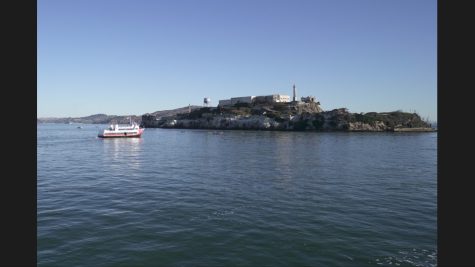
It’s believed that nobody successfully escaped the Alcatraz Federal Penitentiary without drowning, being caught, or being shot during the escape attempt. In its 29 years of operation between 1934-1963, the Rock was almost inescapable.
While storied escape attempts, rumors of sharks, frigid waters, and strong currents lead many to believe that swimming from Alcatraz to the shore is a dangerous and impossible task, the truth is that thousands of swimmers complete the journey every year. In just the single event that I participated in during 2017, there were 613 swimmers.
My Alcatraz experience began with the strangest walk around the block that I have ever done.
You don’t get to leave anything on the ferries that take you out to the island, so every swimmer had to leave their clothes behind as we walked a few blocks down to the ferry dock. Walking along the Embarcadero at 7am in nothing but a swimsuit was not something I’d anticipated doing at age thirteen, but as I saw a group of women stumbling out of a bar across the street, I was struck by the sheer abundance of paths you can take on any given day.
While a horde of half-naked people is not entirely uncommon in San Francisco, it was certainly a new sight for me. To be willing to swim long distances in open water means you have to be a little bit weird, and the 612 other people walking with me certainly fit that bill. All of our feet were blackened from walking on the asphalt, but that’s about where the similarities ended. There were people in full body wetsuits with four different fitness watches, elderly men in speedos with grey hair sticking out of their ears and under their caps, people yelling to their friends who had mistakenly already put their earplugs in, and so much more.
I remember being shocked but thinking, “Yeah, this makes sense.”
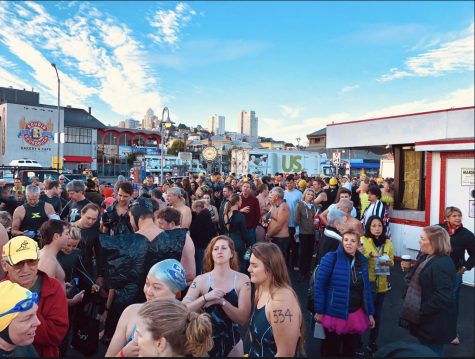
My next shock came on the boat, or rather, when I was falling quite ungracefully off of the boat. Per the rules and regulations of the museum-ified Alcatraz Island, we swimmers were not allowed to make any contact with the island. The event organizers’ work-around for that issue was to dump us, rather unceremoniously, off the sides of the ferries right near the island.
We were instructed to jump three at a time, one person jumping to the right, one to the left, and one in the middle. We needed to jump as far out as we could and immediately start swimming away, so the next group of three wouldn’t jump right on top of us.
This idea sounded manageable to me until I saw that the drop off the ferry was a lot longer than I’d been expecting. I started to back away from the edge, but the other two parties of my trio had grabbed my hand and were pulling me down with them into the churning waters of the Bay.
The cold water ripped the air from my lungs, leaving me heaving for breaths but not expelling any air. It was like the temperature froze the second, very necessary, part of breathing. I had to consciously remember the mechanics of it: breathe in, BREATHE OUT, breathe in, BREATHE OUT.

I swam with my head up for probably the first five minutes of the swim – a wildly inefficient way to swim and one that led me to inhale a considerable amount of the saltwater waves that struck my face. When I finally acclimated to the water temperature and put my face in, I was able to settle into a comfortable swimming pace.
When we first jumped off the boats, it had looked like a crossover between Saving Private Ryan and a Rubber Duck ad. The fear I felt from the “GO, GO, GO,” intensity of the start and the cliff-like drop into the water were counteracted by the fact that every single one of the 613 swimmers was wearing an obnoxiously bright yellow cap – exactly the color of a rubber duck.
Hordes of duckies frantically swam away from the boats, making their way towards the finish line at Aquatic Park.
About halfway through the swim, I lifted my head once more and saw that the fog had given way to a beautiful day on the Bay, complete with sunlight glinting off of the water and an especially illuminated
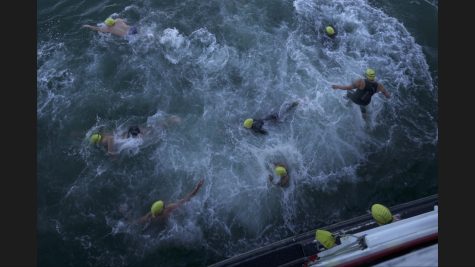
Golden Gate Bridge. From the middle of the channel between the city and Alcatraz, my view of the Bridge was unmatched.
It was about that point when I realized that I could
actually finish the swim. I had been full of doubt and fear from the moment we started walking towards the
ferries, or really since we’d driven across the Bridge that morning and I’d seen the true distance that I was supposed to swim. But despite this doubt and my discomfort, I found that I was actually doing it – actually successfully swimming from Alcatraz.
When I swam back to Aquatic Park and stumbled with numb legs through the sand to the finish line, the look on my face did not reflect my exuberance and excitement with finishing the swim, but that was mostly because my cheeks were a little numb. Inside my cold-addled brain, I was leaping for joy for what I’d accomplished. I’d been through an embarrassing walk, a tense start, a few frantic panics in the middle of the swim about the possibility of a shark coming up and biting me (I resolved that they didn’t exist, like unicorns), but I’d made it.
I could tell that the experience changed me. I didn’t take on any great big new challenges the next day, but over the next year as I started high school, I was a little more brave about trying new things. I put myself out there in uncomfortable situations and I had faith in myself to get through them.
As I now reflect on these last four years of high school, I recognize that the times when I was comfortable were the times I grew the least. It was only when I intentionally challenged myself that I noticed a change in how I thought about and approached my life.
I want to continue to grow, and I know that I will face challenges, both intentionally and not, throughout my life. I will take advantage of these, and I will continue to escape from the various Alcatraz’s of life.
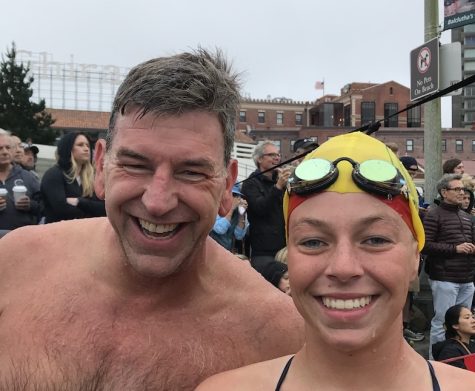

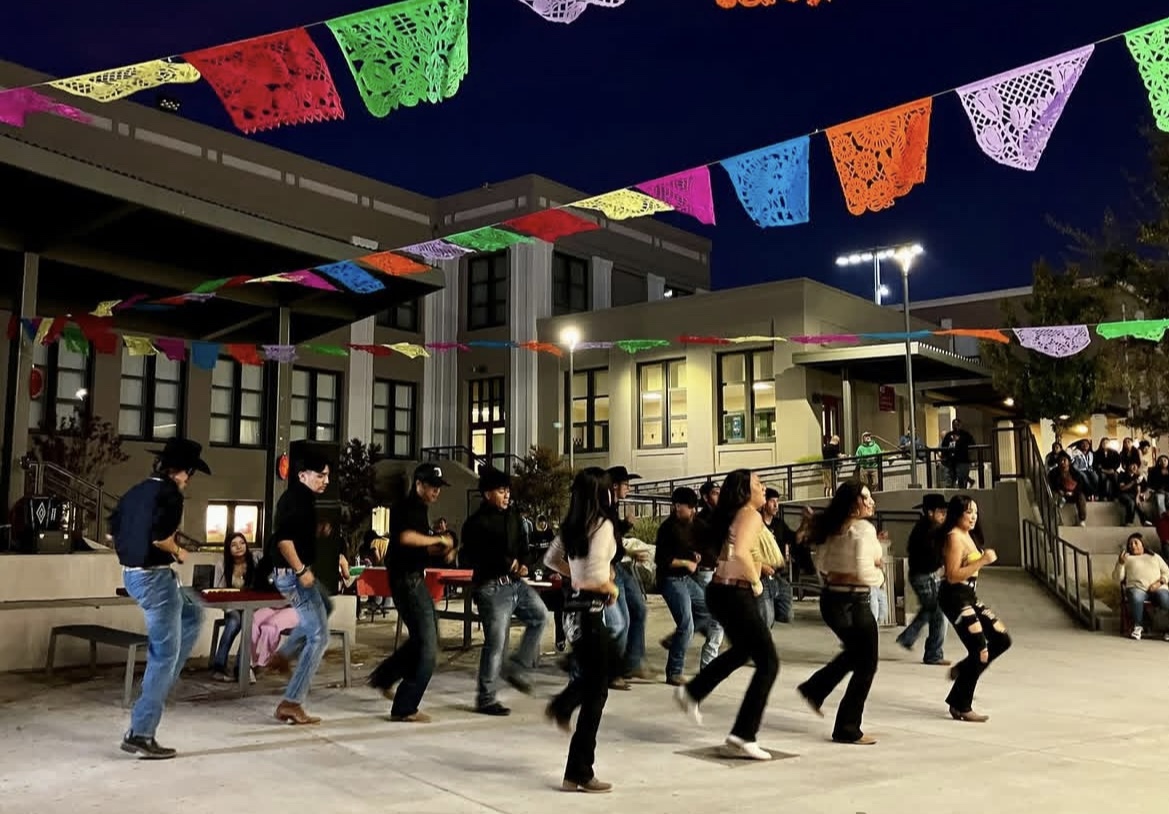

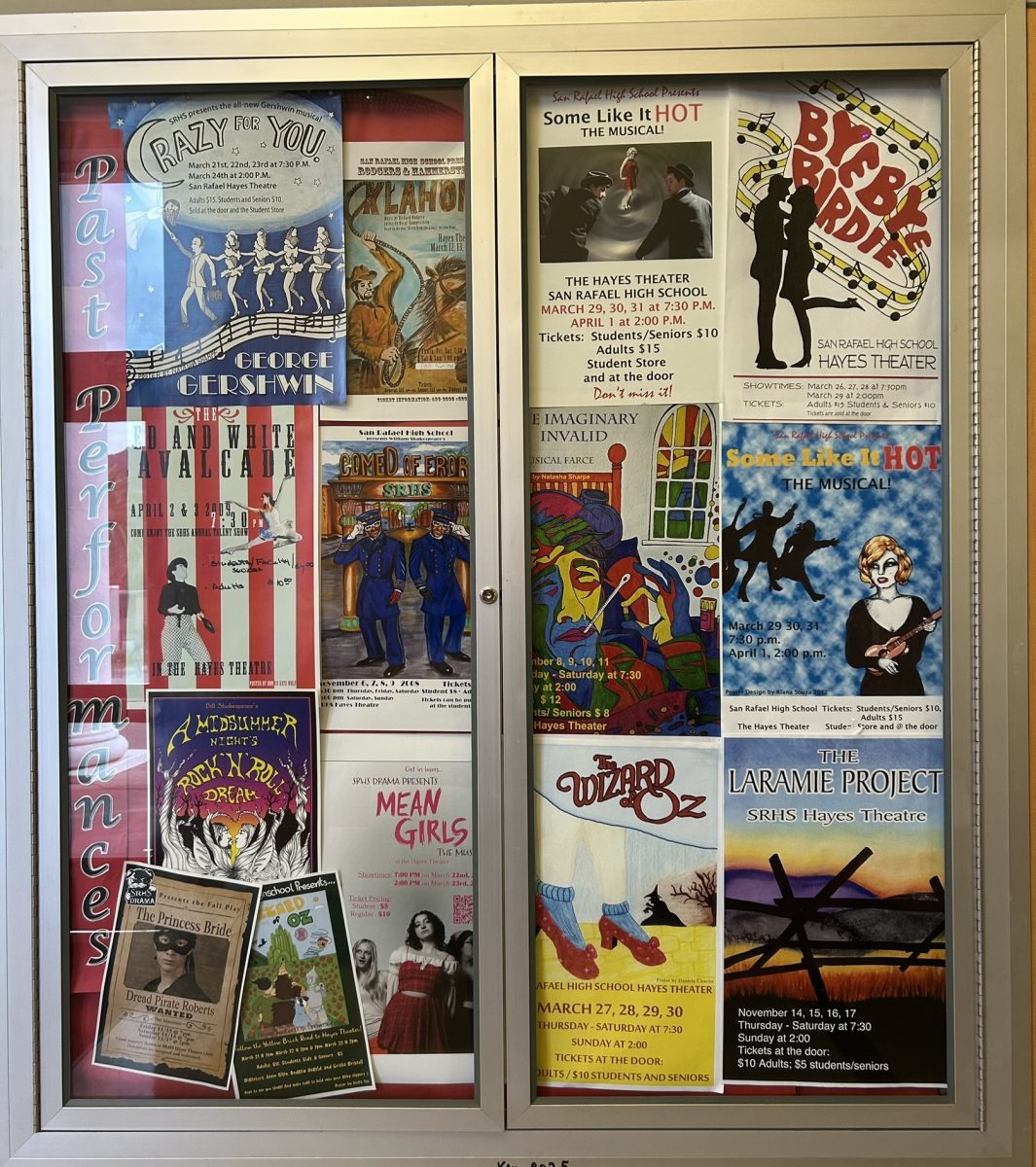

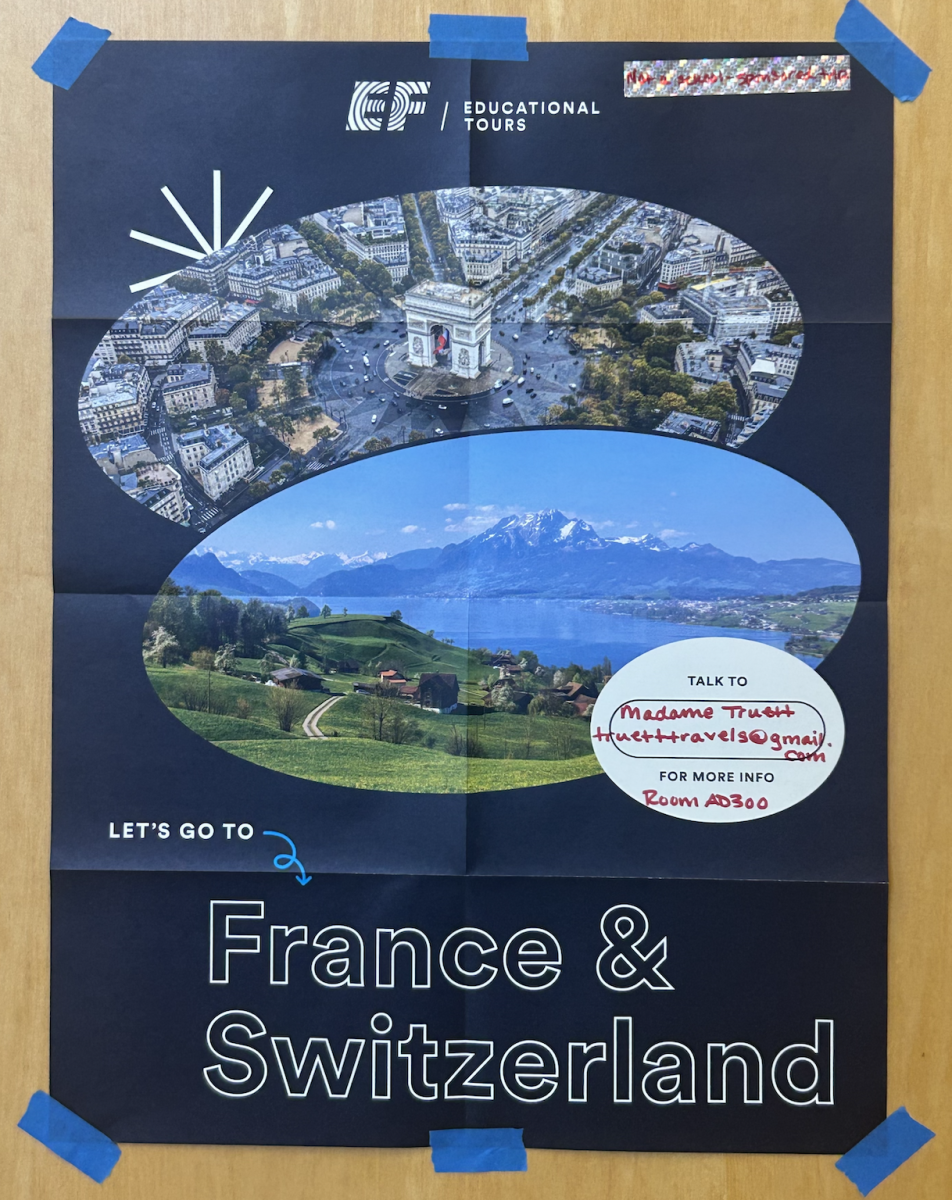
































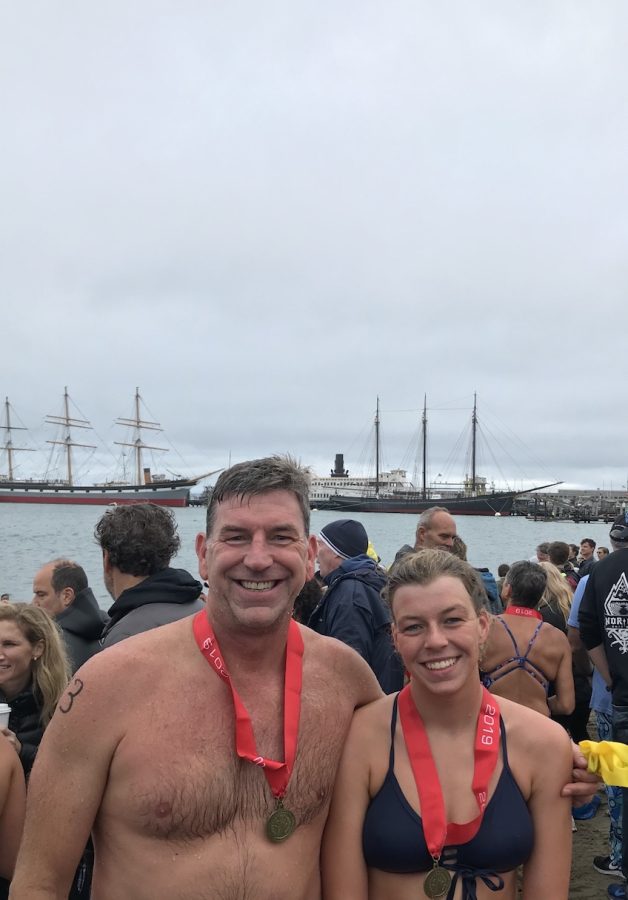
Sarah • Aug 28, 2023 at 2:21 pm
Estelle, this article gave me an “escape” from my everyday life and I now feel very prepared to do the swim myself. Thanks!
Eliza Gould • Jun 9, 2023 at 12:00 pm
This was super misogynist of you. Or misongi-its? I am inspired to try the swim myself! Wish me luck
Simmons • Jun 9, 2023 at 2:20 pm
Comment GOAT of June 2023